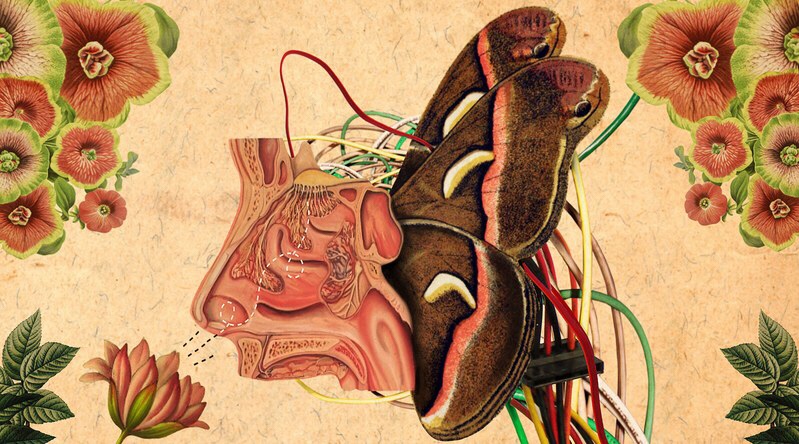Today’s artificial intelligence systems, including the artificial neural networks broadly inspired by the neutrons and connections of the nervous system, perform wonderfully at tasks with known constraints. They also tend to require a lot of computational power and vast quantities of training data. That all serves to make them great at playing chess or Go, at detecting if there’s a car in an image, at differentiating between depictions of cats and dogs. “But they are rather pathetic at composing music or writing short stories,” said Konrad Kording, a computational neuroscientist at the University of Pennsylvania. “They have great trouble reasoning meaningfully in the world.”
But a handful of them are choosing what may at first seem like an unlikely starting point: the sense of smell, or olfaction. Scientists trying to gain a better understanding of how organisms process chemical information have uncovered coding strategies that seem especially relevant to problem in AI. Moreover, olfactory circuits bear striking similarities to more complex brain regions that have been of interest in the quest to build better machines. Read more
Source : wired

